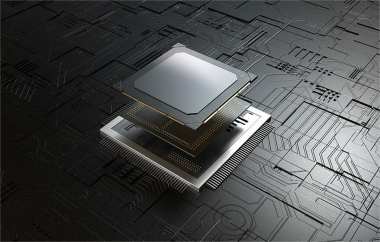
TSMC is set to redefine the semiconductor landscape with its InFO packaging technology. This advancement threatens to challenge Apple's current dominance in the industry. Industry sources reveal that Google plans to transition its custom Tensor chips to TSMC's 3nm process starting next year, incorporating the InFO packaging technology. This shift is anticipated to substantially reduce chip thickness and enhance energy efficiency, paving the way for next-generation AI-driven smartphones.
TSMC's InFO packaging builds on its fan-out wafer-level packaging (FOWLP) technology, which gained attention with the A10 processor used in the 2016 iPhone 7. The InFO_PoP technology, now in its ninth generation, was successfully certified for 3nm chips last year, offering improved efficiency and reduced power consumption for mobile devices. The latest InFO_PoP technology, featuring a back-side redistribution layer (RDL), will enter mass production this year.
For the upcoming Google Pixel 10 series, it has been confirmed that the Tensor G5 chip will utilize TSMC’s 3nm process along with InFO packaging. In contrast, the Tensor G4 chip, which is scheduled for release this year, will use Samsung’s fan-out panel-level packaging (FOPLP). Although panel-level packaging has its advantages, current evaluations suggest that wafer-level packaging remains more favorable in terms of yield and cost.
TSMC is also making strides in developing FOPLP technology. Despite being three years away from maturity, major clients, including NVIDIA, are collaborating with foundries to explore new materials. One prominent client has requested specifications for glass substrates.
The adoption of new materials like glass substrates could significantly increase the transistor density of chips. For example, Intel anticipates that by 2030, glass substrates could enable chips to contain up to one trillion transistors—50 times more than the current Apple A17 Pro chip. This breakthrough could mark a major milestone in semiconductor technology.
Substrate manufacturers are also focusing on glass substrates as a critical element of their medium- to long-term technology strategies. This development aims to address challenges related to large size and high-density interconnections. However, the full impact on ABF substrates is expected to become apparent after mid-2027.




